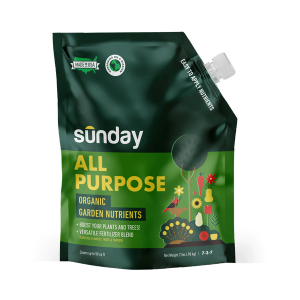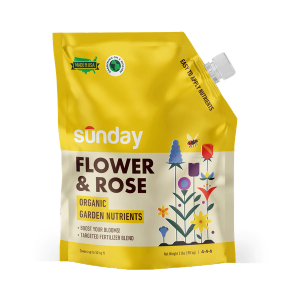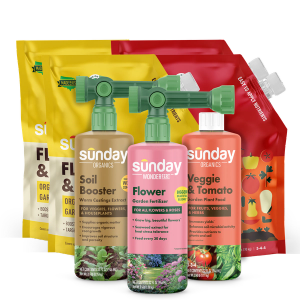Why plants need sunlight
Plants make their own food through a process called photosynthesis. The green pigment in leaves, chlorophyll, captures energy from the sun, carbon dioxide from the air, and water and nutrients from the soil to produce sugars and oxygen. Sugars are moved and used throughout the plant for energy and growth, or can be stored for later use to get through times of stress. Oxygen is released into the air as a byproduct - thankfully for us!
Essentially, without sunlight, photosynthesis doesn’t happen. If photosynthesis doesn’t happen, the plant can’t make food. And if the plant can’t make food, well, it won’t be alive for long.
Why do different plants need different amounts of sunlight?
Generally, more light means more photosynthesis, but there is a maximum amount of light that each plant can handle. Some plants flourish in full sun, and will struggle to produce enough food if they don’t get enough light. Others are sensitive to high light levels and may bleach or burn if they get too much sun, or may simply need the cooler, moister conditions present in shady areas to thrive.
How to plan your garden around sunlight
Planting the right plant in the right place is key. Before you plant, you can get a good idea of light levels throughout the garden with some simple observations.
- Sketch a map of your garden (don’t worry - it doesn’t have to be super detailed, just make sure you map out the different zones or areas that might be planted differently.
- Throughout the day, mark on your map which areas get direct sunlight and when - morning or afternoon sun, all-day sunshine, or no direct sunlight.
- For best results, repeat over the course of a few days.
Sun requirements for plants
Knowing where your garden’s full, partial, and low sun areas are will help you plan your plant list accordingly. Sun requirements are usually broken up into three categories.
Full sun
6 or more hours of direct sunlight per day. This may be all-day sunshine or full afternoon sun.
Many wildflowers, bulbs, succulents, and fruiting veggies (think peppers, tomatoes, and melons) prefer full sun.
Partial sun
2-6 hours of direct sunlight per day. Partial sun often looks like morning sun followed by afternoon shade.
Leafy vegetables like lettuce and spinach and landscape plants like coral bells (Heuchera spp.) and false spirea (Astilbe spp.) do well in partial sun.
Shade
2 hours or less of sunlight per day. Sunlight in shaded areas may be filtered or dappled, may come and go throughout the day, or might be indirect.
Hostas and many ferns tolerate deep shade.
Sunday Tip:
Keep in mind that as they grow, mature plants may start to provide shade to the area around them, so plan for growth and be sure to factor in mature size when selecting plants for different sun conditions and planning your garden layout.
Beyond sunlight
Sunlight is important for healthy plant growth, but when choosing plants for your home garden, you also want to consider water needs and availability, plant hardiness zones, pollinator and wildlife support, and maintenance to be sure the plants you’re growing are the right options for you, your yard, and your environment. Happy planting, sunshine!
Cited Sources
Planting in Sun or Shade. Penn State Extension.
Plant growth and development. Oregon State University Extension Service.
Vegetable Gardening. North Carolina State Extension.



















